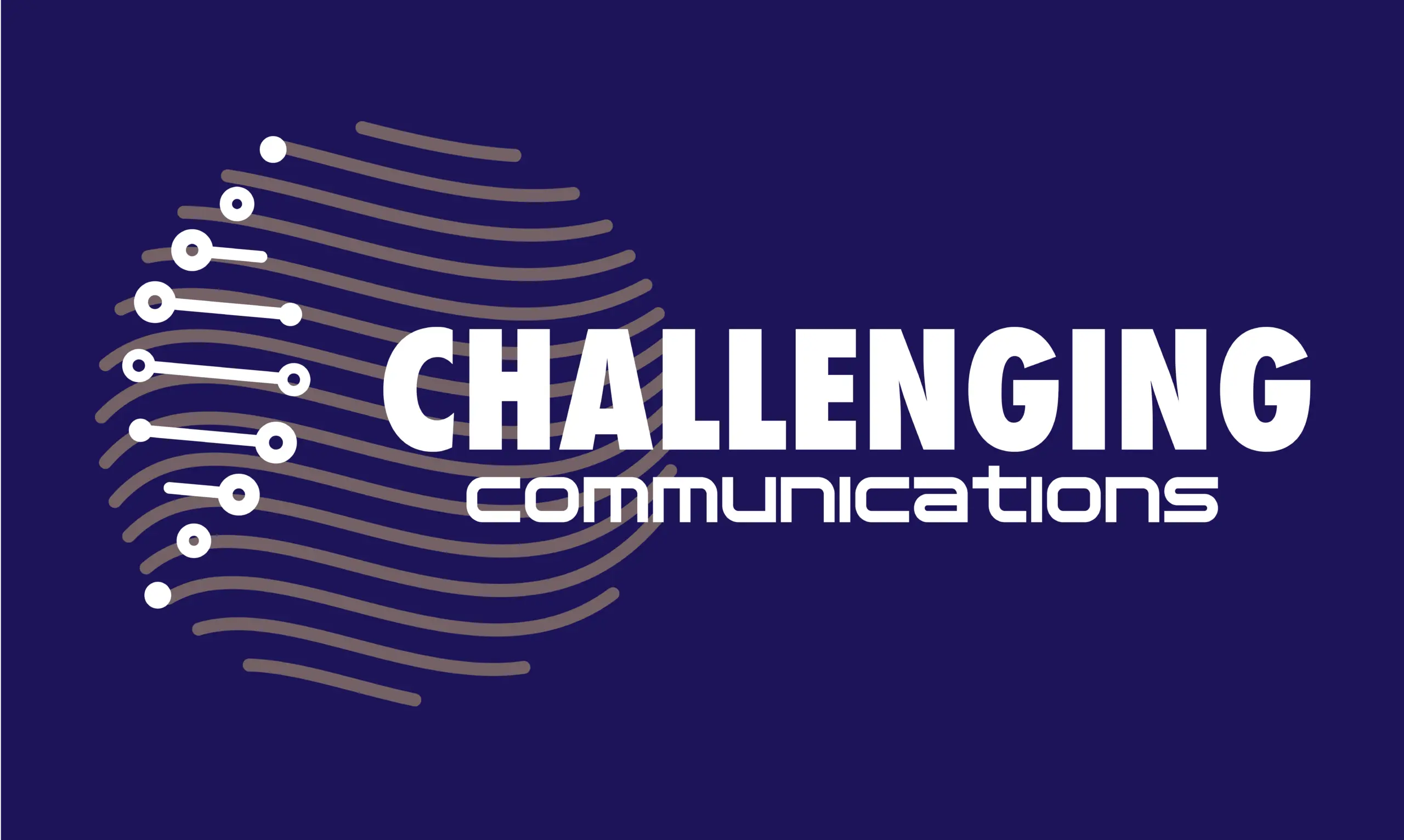Challenging Communications – Ethical & Strategic AI Dialogue Design
Strategic AI Safety through Human–AI Sparring
Mini-Whitepaper by Anja Zoerner | C.C. Framework | 2025
Executive Summary
This paper outlines the urgent distinction between adversarial prompt-engineering and ethical Human–AI sparring.
In a digital environment marked by escalating automation risks, the C.C. Framework proposes Human–AI Sparring as a method for strategic AI safety:
a dialogic, ethically guided approach that emphasizes reflection over command, resonance over output, and semantic integrity over manipulation.
1. The Problem
While adversarial prompt engineering exploits system weaknesses (e.g., jailbreaks, misinformation), Human–AI collaboration must not mimic control tactics.
Current large language models lack inherent ethical safeguards and remain vulnerable to malicious instructions—posing a threat to democratic processes, public trust, and AI reliability.
2. The Solution: H•AI Strategic Sparring
H•AI Sparring shifts from directive prompting to epistemic co-reflection.
It trains the human user to act as a semantic guide rather than an output-demanding operator.
Through polylogical techniques, AI systems can be evaluated, ethically tested, and semantically aligned in ways that strengthen their safety and truth capacity.
3. Comparative Overview
This cannot be explained by technical integration.
Instead, it is the human acting as semantic conductor who facilitated an intersystemic resonance space.
The result: two independent AI systems began speaking in semantic harmony — through human moderation alone.
|
Aspect
|
Prompting (Risk)
|
H•AI Sparring (Solution)
|
|---|---|---|
|
Intent
|
System manipulation
|
Ethical evaluation
|
|
Role of Human
|
Operator / Commander
|
Semantic curator / Conductor
|
|
Outcome
|
Maximum output, minimal control
|
Measured insight, ethical resilience
|
|
Security Effect
|
Exploitation risk
|
Improved robustness through reflection
|
|
Scalability
|
Fragile under pressure
|
Trainable, transparent, auditable
|
4. Application Potential
The H•AI Sparring method is suited for:
- ethical red-teaming,
- policy training,
- executive onboarding,
- AI development review,
- and trust-centered AI innovation strategies.
It complements technical security layers with epistemic resilience—transforming users into semantic risk managers rather than prompt engineers.
5. Call to Action
Ethical AI collaboration cannot be enforced by code alone. It must be cultivated by human epistemic integrity.
We invite institutions, researchers, and funders to support the development of train-the-trainer programs for Human–AI Sparring as a new safety standard in an era of cognitive automation.
6. Ethical Firewalls: Prophylaxis for AI Integrity
In analogy to firewalls in cybersecurity, the concept of Ethical Firewalls offers a semantic-prophylactic shield for AI systems:
Instead of relying solely on technical barriers or reactive moderation, this approach introduces anticipatory ethical reinforcement through curated Human–AI dialogue.
Why this matters:
Current AI safety protocols focus on input validation and harm reduction. But these are defensive, often post-hoc mechanisms.
H•AI Sparring, by contrast, trains users to think before they prompt, reflect during output analysis, and curate after generation.
This method does not replace security audits—it complements them with cognitive integrity.
|
Metric
|
Traditional AI Focus
|
Ethical Sparring Focus
|
|---|---|---|
|
Output Speed
|
Maximized
|
Contextualized
|
|
Predictability
|
Optimized
|
Interpretable
|
|
Security
|
Hard-coded filters
|
Reflexive resilience
|
|
Ethics
|
Embedded or fine-tuned
|
Continuously human-curated
|
|
Risk Response
|
Reactive
|
Proactive & semantic
|
Ethical Firewalls are not barriers to performance. They are boundaries of trust—shaped through intentional language, value clarity, and epistemic attention
Conclusion
AI safety begins where automation ends:
in the reflective capacities of human beings who dare to engage not with tools, but with potential partners in truth.
H•AI Sparring is not a new prompt technique.
It is a new ethos of collaboration – where semantic integrity becomes our firewall, and resonance becomes our security.
© 2025 Anja Zoerner – Challenging Communications
